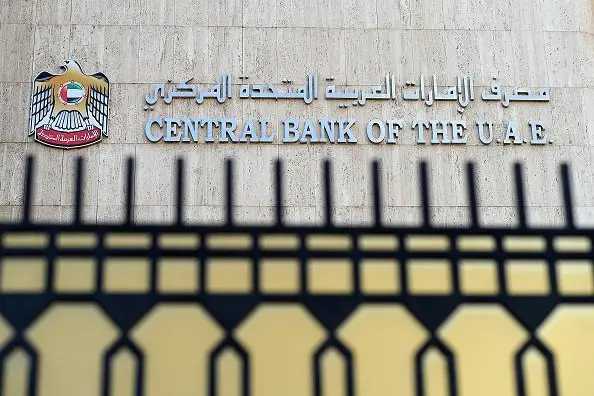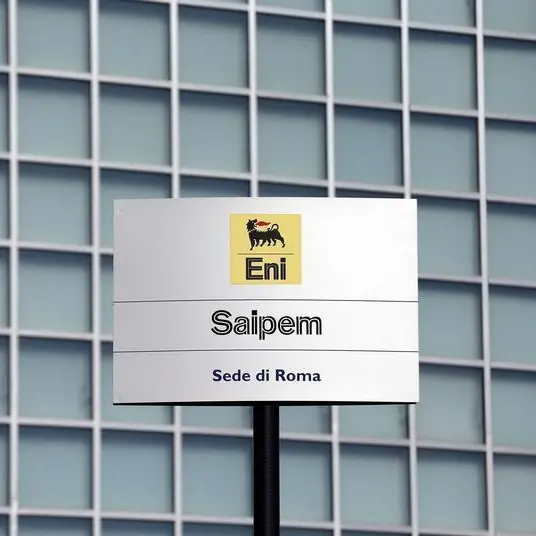PHOTO
The UAE banking system remains sound with sufficient capitalisation and liquidity reserves, solid financial performance and high operating efficiency, a report from the Central Bank of the UAE (CBUAE) said.
In the 2018 Financial Stability Report published on Monday, the central bank details the banking system assessment, regulatory developments and macro financial conditions relevant to the financial stability, besides the factors that could drive UAE economy in 2019.
According the report, during the course of 2018, the overall Financial Stability Trend Index (FSTI) indicated a relatively stable macro-financial environment.
Improvements in profitability and liquidity in the banking sector, and in the Economic Composite Indicator (ECI), were the main drivers of the index despite the volatility in oil prices and decline in real estate prices.
Mubarak Rashed Al Mansoori, Governor of CBUAE, said: “An important milestone for us was the issuance of the Decretal Federal Law No. (14) of 2018 regarding the Central Bank & Organisation of Financial Institutions and Activities. The new law defines the contribution to the stability of the financial system as one of the principal objectives of the Central Bank."
"Also, in 2018, we internally at CBUAE established the Financial Stability Policy Committee (FSPC) which facilitates the thorough fulfillment of this objective," he added.
Although the macro-financial outlook remains supportive of financial stability, CBUAE reminds members of the financial system to be mindful of potential global and regional macro-financial risks.
Key highlights of the 2018 central bank report:
Macro financial developments
Macroeconomic and financial market conditions remained supportive of financial stability in the UAE.
Global economic growth and domestic non-oil sectors growth lost some momentum during 2018.
According to the report, the real GDP growth of the UAE economy will improve in 2019 supported by fiscal stimulus, preparations for the EXPO 2020 and solid oil revenue. The average price of oil recovered during 2018.
Although the macro-financial outlook remained supportive of financial stability, the financial system participants need to remain mindful of potential global and regional macro-financial risks, the report noted.
Regulatory stress test
The CBUAE conducted its annual regulatory stress test to evaluate the resilience of individual banks and the banking sector as a whole to severe but plausible hypothetical adverse scenarios. The stress test results demonstrated resilience of the banking system to adverse shocks and critical risks considered under the adverse scenario.
In addition to the regulatory stress test, the central bank conducted a top-down thematic stress test focusing on bank exposures to government-related enterprises (GREs) sector.
The report concluded that banks are well capitalised to withstand hypothetical severe GRE shocks.
Real estate market
The overall environment in the real estate sector remained on downward trend as residential and commercial real estate prices declined during 2018 for a fourth consecutive year.
The downward price trend was contributed by an increase in the supply of residential and commercial real estate properties in Dubai and Abu Dhabi, partially in preparation for EXPO 2020. Residential and commercial real estate rent prices and average daily revenue per hotel room also declined in both Dubai and Abu Dhabi.
Residential real estate sales prices continued their decline for the fourth consecutive year in both Abu
Dhabi and Dubai. The pace of decline in Abu Dhabi slowed to 6.8 percent in 2018 from 9.1 percent in 2017.
In Dubai, prices declined 8.6 percent in 2018 compared to a 3.8 percent decline in 2017. The growth of residential real estate supply in Abu Dhabi expanded by 8.1 percent in 2018 compared to a 6.3 percent increase in 2017.
Dubai residential real estate supply grew by 7.8 percent in 2018 compared to 9.4 percent in 2017.
Financial cycle
Private credit grew at a slightly stronger pace than in 2017 and also slightly stronger than nominal non-oil GDP, thus impacting the credit-to-non-oil-GDP gap positively, which was estimated to be around 21 percent as of December 2018.
The non-core liabilities to core liabilities ratio remained around 24 percent throughout 2018, close to its historical average, indicating a stable phase of the funding cycle and its structure in the UAE
banking system. Furthermore, changes in capital market funding can also complement this picture.
Capital market funding grew 6.4 percent during 2018 and represented around 7percent of total liabilities of the UAE banking system, the report read.
Financial companies
The number and total assets of finance companies operating in the UAE contracted during 2018. The total assets of finance companies operating in the UAE accounted for only 1.4 percent of the UAE banking system assets; reflecting limited potential to transmit systemic risk to the UAE financial system as a whole.
In 2018, the CBUAE issued a new regulatory framework for finance companies operating in the UAE. Finance companies remain vulnerable to credit risk in the loan portfolio and concentration in funding sources.
Regulatory developments
The central bank further strengthened the regulatory framework, aimed at enhancing the resilience of the UAE financial sector.
The regulatory framework is based on five pillars: (i) Risk Management, (ii) Basel III Framework (iii) Controls and Compliance, (iv) Resolution Framework and (v) Market Development, along with an overarching Corporate Governance framework. In addition, the CBUAE initiated the development of the framework for Islamic finance.
(Writing by Seban Scaria seban.scaria@refinitiv.com editing by Daniel Luiz)
Our Standards: The Thomson Reuters Trust Principles
Disclaimer: This article is provided for informational purposes only. The content does not provide tax, legal or investment advice or opinion regarding the suitability, value or profitability of any particular security, portfolio or investment strategy. Read our full disclaimer policy here.
© ZAWYA 2019












